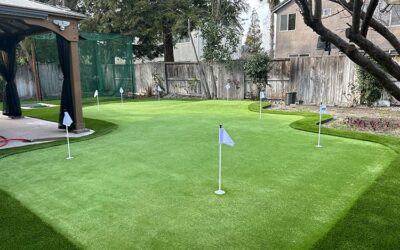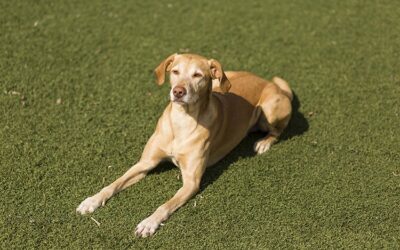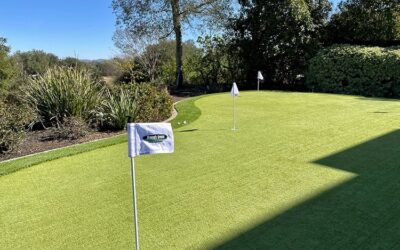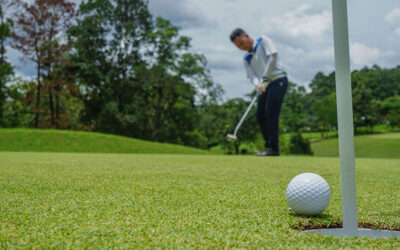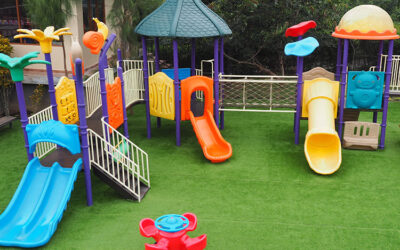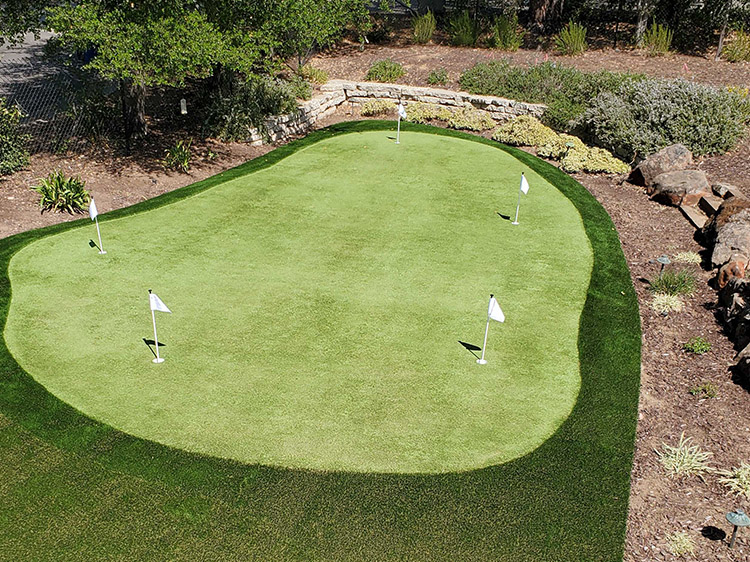
Navigating the world of sustainable landscaping can be challenging, with every choice carrying significant implications for our environment. The traditional putting green, with its resource-intensive maintenance and seasonal challenges, poses a particular concern.
But what if there was a solution that offered not only a beautiful, year-round green space but also ticked all the right boxes for sustainability? Enter putting green artificial grass – an eco-friendly, low-maintenance, and aesthetically pleasing alternative!
1. Water Conservation
A primary reason artificial grass outstrips its natural counterpart in sustainability is its remarkable ability to conserve water.
Natural grass requires regular watering to stay lush and green, especially during the hot summer months. Conversely, artificial grass never needs watering. This leads to significant water savings, essential in regions where water is scarce or under conservation.
For example, a typical 1000-square-foot putting green can use up to 620 gallons of water for one inch of irrigation. Over a year, this can amount to a staggering amount of water.
In contrast, artificial grass requires zero gallons, leading to tremendous water conservation.
2. Low Maintenance
Putting green artificial grass provides a maintenance advantage that aligns with sustainability principles.
Natural grass must be mowed, fertilized, aerated, and sometimes reseeded to stay in optimal condition. These tasks demand resources: fuel for mowers, energy and materials for fertilizers, and water for seeding. Plus, these activities generate waste, such as grass clippings.
In contrast, artificial grass requires minimal maintenance. It does not grow, so no mowing is needed. Neither does it require fertilizers, reducing resource use and preventing harmful runoff into local waterways. This low upkeep translates to fewer emissions and less waste, making it a sustainable choice.
3. Longevity and Durability
When considering sustainability, the lifespan of a product is paramount. In this regard, artificial grass outperforms natural grass handsomely.
It is extremely durable and resistant to heavy foot traffic, extreme weather conditions, and even pests. For instance, a high-quality artificial grass installation can last up to 15 years or more, depending on the usage and maintenance.
In contrast, natural grass can become patchy and worn in high-traffic areas, requiring regular repair or replacement. The longevity of artificial grass reduces the frequency of material replacement, hence conserving resources and reducing waste.
4. Non-Seasonal
One of the advantages of artificial grass over natural grass is its non-seasonal nature. Natural grass may go dormant or turn brown in cold months.
In contrast, Field Turf synthetic grass retains its vibrant green look throughout the year, regardless of the weather conditions. This means less water, energy, and resources are spent trying to maintain the aesthetic appeal during unfavorable conditions.
5. Doesn’t Need Chemicals
Natural grass often requires pesticides, herbicides, and fungicides to combat pests and diseases. These chemicals can be harmful to the environment, contaminating soil, groundwater, and surface water. They can also pose threats to non-target organisms and human health.
Artificial grass requires no such chemicals. The reduction of chemical usage in landscaping contributes to healthier ecosystems and communities, embodying the principles of sustainability.
Embrace Sustainability With Artificial Grass
By choosing the best artificial putting green, you are not only opting for convenience and aesthetic appeal, but you’re also making a responsible choice that benefits our environment. As we strive for a more sustainable world, decisions like this carry weight, shifting us from conventional, resource-intensive practices to more mindful, eco-friendly alternatives.


